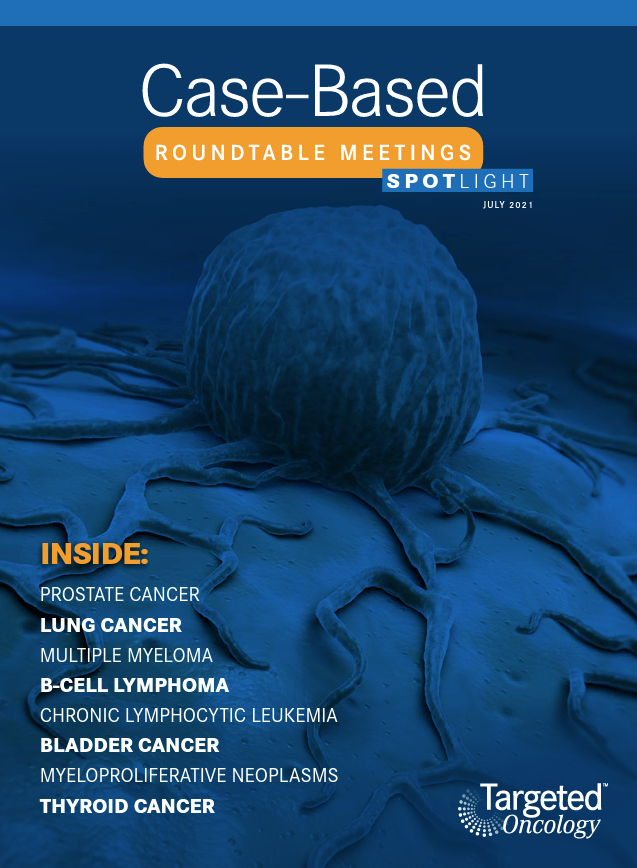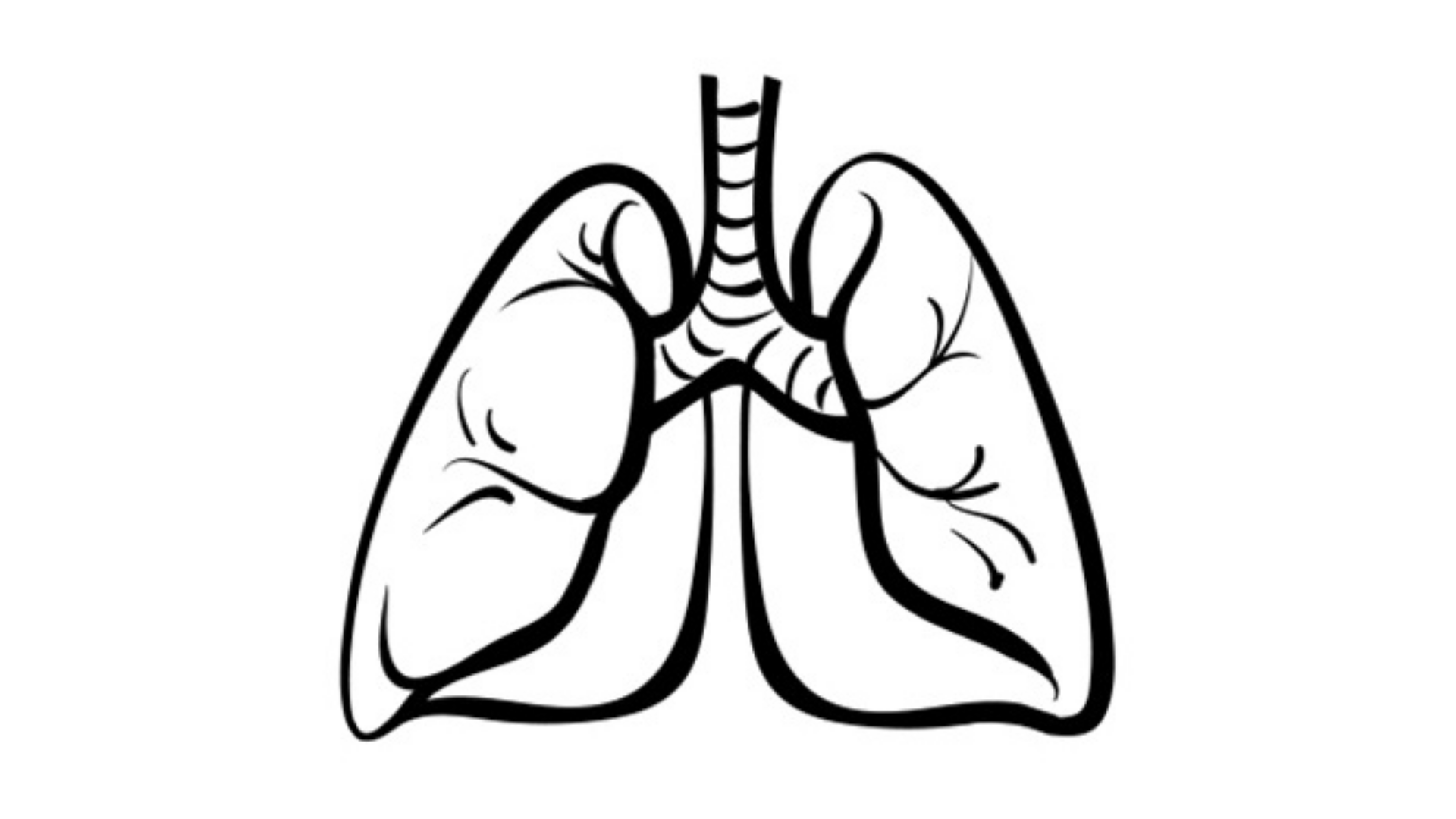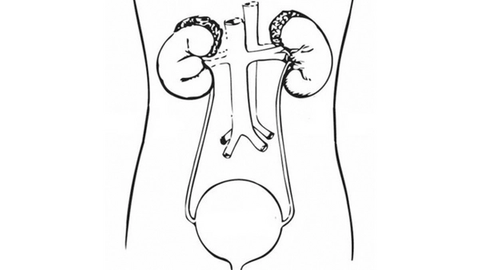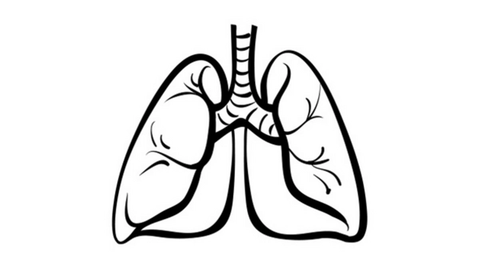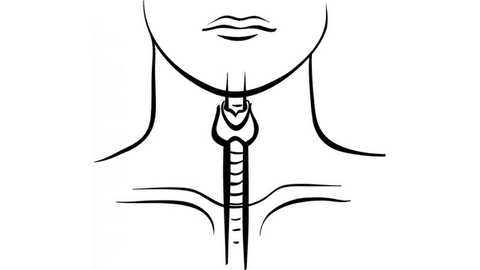Roundtable Discussion: The Role for Selinexor Explored in Multiple Myeloma
The treatment plan for a woman with multiple myeloma, including which imaging to order, choice of second-line therapy, managing comorbidities, and backbone therapy choice, was discussed during a recent Cased-Base Roundtable event led by Clifton C. Mo, MD.
Clifton C. Mo, MD

The treatment plan for a woman with multiple myeloma, including which imaging to order, choice of second-line therapy, managing comorbidities, and backbone therapy choice, was discussed during a recent Cased-Base Roundtable event led by Clifton C. Mo, MD, a member of the Faculty of Medicine at Harvard Medical School, and director of Autologous Stem Cell Transplantation for Multiple Myeloma for the Jerome Lipper Multiple Myeloma Center and LeBow Institute for Myeloma Therapeutics at Dana-Farber Cancer Institute.


MO: What trigger would you use to start second-line therapy? What would you do before starting new medications for this patient?
GORUSU: Definitely, I would include imaging and bone marrow biopsy. Honestly, I do it on a selective basis. Of course, not if a patient is developing cytopenia, but if the patient is fit, then I would absolutely like to get a clean slate of information. Because this patient is still able to work, in her situation I would include both the imaging and cytogenetics. Perhaps the imaging would show a plasma-cytoma. Also, I could do a bone marrow biopsy. I would like to have more information before I take the next step.
WEITZMAN: I [would use a] similar [approach] and prob-ably get imaging, but I would not get a bone marrow biopsy in this patient [because she is] obviously progressing even if it is a biochemical relapse. I act quickly if a patient has cytogenetics. If a patient is standard risk and they are progressing slowly, I do not start second-line therapy quickly, but for a patient with del(17p), I would switch sooner. For the therapeutic backbone, I would consider a proteasome inhibitor [PI] because they have not been exposed to it yet.
BHARDWAJ: I don’t think I would do a bone marrow biopsy on the patient [either], but I would consider starting a second-line therapy as [she] has del(17p). And I would defi-nitely go with a PI in this patient, who hasn’t been exposed to a PI. Obviously performance status is an important factor. I would add the fact that she is 80 years old, plus [we have to add] her renal function into the equation too.
GEORGES: I agree. For this patient, it’s more than biochemical relapse. Her kidney function is being affected and she is getting more anemic. I would switch the medication here to something with a different mechanism of action. Whether you combine it or do a triplet therapy will depend on all the host factors like age, comorbidities, and neuropathy. I would switch therapies at this point because her M [monoclonal] spike is going up fast and she is getting organ damage. I don’t think I would do a bone marrow biopsy. If the bone marrow biopsy results will not help me decide which therapy to choose, I am not going to pursue the bone marrow biopsy at this point; I am just going to switch therapy.
MO: What imaging would you get [for a patient with biochemical disease progression without any focal bone pain]? Would you do a skeletal survey, plain films, CT scan, PET-CT, or full body MRI? How sensitive [should the imaging be] for the extent of osteolytic disease or extramedullary disease in patients?
UNGER: I would do a skeletal survey. Insurance always gives me a hard time getting a PET scan without any previous imaging.
WEITZMAN: I work in 2 different centers. At 1 center we get a bone survey CT and at the other we get PET scans, and I have not had trouble getting [them] approved.
GORUSU: I usually do a PET scan, but I totally agree that starting with a skeletal survey is reasonable. The PET scan is patient dependent because given these adverse prognostic features my radar is up with this patient because of the 2 years of overlap and the del(17p). We have robust multiple myeloma patient support groups and they discuss amongst themselves on investigations ordered. So if 1 patient gets a PET scan and 1 does not, it adds an element of stress and [leads to] questions like ‘What is my oncologist doing? Why am I not getting the entire package of what other patients are getting?’ Again, in my early years of practice, I learned that there is a small but significant portion of really savvy patients. They follow the ASH [American Society of Hematology] information and latest guidelines. They are active participants of the myeloma support groups.
BHARDWAJ: I would most likely get a PET CT for this patient and I think it’s perfectly appropriate to do so. The characteristics of the tumor that she has, and her hemoglobin and renal function, make it important to get a PET CT.
UNGER: I agree with getting a PET CT scan for this patient. One gets a total bone survey with PET CT images. It highlights the volume of the disease and looks for extramedullary disease, which can be helpful in terms of choosing an agent. PET CT scan has been our go-to in this situation.
MO: I agree. I get nervous about missing extramedullary disease, which is a sign of relapse. As our patients are doing better and living longer, PET scan is obviously a better choice. Is it important to use a PI-based triplet? What other factors determine the choice of a backbone second-line therapy?
UNGER: For an 80-year-old patient with renal deficiency, I would use CyBorD [cyclophosphamide (Cytoxan), bortezomib (Velcade), dexamethasone].
GEORGES: That’s a good choice. If I am going to use it, then I would use it early like with an elotuzumab [Empliciti]based regimen. I’d use elotuzumab here with lenalidomide [instead of bortezomib, dexamethasone] to re-sensitize the tumor to IMiDs [immunomodulatory imide drugs].
MO: What about monoclonal antibodies (mAbs)? Would you use that class in the second line? Apart from elotuzumab, would you use daratumumab or rituximab [Rituxan]?
GEORGES: If this is just a biochemical relapse, I would be more inclined to switch 1 of the 2 drugs, maybe just keep the bortezomib. If she is symptomatic and her spike is going up too fast, I would probably switch the whole regimen.
BHARDWAJ: I would switch if she were on daratumumab maintenance. I would give her a PI. I would probably give bortezomib and rituximab and remove the lenalidomide.


MO: Have you used selinexor and what was your experience with it?
UNGER: I have treated 1 patient with it and they tolerated it for just 1 week, but with all sorts of problems.
MO: I’ve had patients for whom it’s definitely not [appropriate], but I have had patients who have actually done well.
WEITZMAN: I’ve used it on 2 patients who were very refractory and both progressed in months. One of them tolerated it well and he was 40 lb overweight to begin with. I started him on 2 or 3 antiemetics and brought him in twice a week for fluids, so he did well on it in terms of toxicity but he still progressed. MO: Did you use the twice-weekly [dose of selinexor plus dexamethasone (Sd)] from the STORM study [NCT02336815]1 or did you use a triplet [combination of selinexor-Vd] with once-weekly dosing?2
WEITZMAN: I used a triplet once-weekly dosing. I started either at 60 mg or 80 mg then ramped up the dose by 20 mg, but he had trouble at the increased dose so I went back to the original dose. MO: So he did okay from a tolerability standpoint, but pretty bad for disease progression.
MO: What are your reactions to the subgroup data from the BOSTON trial [NCT03110562]? Do the data influence your clinical practice?
GORUSU: I have used selinexor when it was approved as later-line [therapy for relapsed or refractory multiple myeloma].3 The patient, I think, was on the fifth or sixth line of therapy. When is this drug better used, early on versus later? Does it make more sense to bring it into earlier treatment regimens because of the mechanism of action?
MO: Yes, that is a fascinating question. Selinexor is an XPO1 inhibitor that prevents nuclear export from leading to nuclear retention and essentially functional reactivation of tumor suppressant proteins [TSPs], including P53 and IκB, which you don’t want to leave in the nucleus. It’s also thought to lead to nuclear entrapments of oncogenic mRNAs like c-MYC that you don’t want translated and want retained in the nucleus so that they don’t work. It’s somewhat singular in the myeloma space in that it does not have one specific target.4
GEORGES: I think it got a bad reputation in the beginning with dosing and toxicity, which kept a lot of people away. It seems like the once-weekly dosing is much better tolerated. I am looking forward to seeing other combinations mainly because I use a lot of bortezomib in the front line, such as with RVd [lenalidomide, bortezomib, dexamethasone]. I’d like to switch the whole regimen in the second line if I am going to use selinexor. I can see it [being] used more as second-line [therapy] once there are more combinations available. I think the drug is active, I just need to be aware of its level of toxicity so that patients can stay on the drug.
BHARDWAJ: I think a lot of us in clinical practice use lenalidomide, bortezomib, elotuzumab up front. In terms of what I would pick for the second line, it would probably not be selinexor. It did get a rough reputation when it was first approved, and in this patient who is 80 years old this drug would be a challenge.
MO: In terms of the tolerability and safety data from the BOSTON trial, the grade 3-plus toxicity rates, for both hematologic and nonhematologic [toxicities], were cut in half. Fatigue was the only nonhematologic toxicity that was in excess of 10%. I believe it was 13% for grade 3 fatigue but it was much higher in the STORM trial with the twice-weekly dosing. [All other toxicities] were less than 10 % or even less than 5%. Hyponatremia was seen at a fairly high rate in the STORM trial, and it was pretty negligible in the BOSTON trial.1,2 So I think the once-weekly dosing is better and it is where this drug is headed in terms of ongoing studies. I am pretty sure I never used the recommended twice-weekly dosing. I think this drug is best used as a triplet therapy. I tend to start everyone on dual-agent antiemetic prophylaxis, either ondansetron [Zofran] or palonosetron [Aloxi] plus either low-dose olanzapine [Zyprexa] or neurokinin-1 receptor antagonists like aprepitant [Emend]. In the BOSTON trial, higher-grade nausea tended to be during cycle 1 and then, interestingly, maybe because of supportive care or mechanism [of action], the rates of significant nausea from cycle 2 onwards were a fraction of what they were with cycle 1. So for patients who had it rough the first couple of weeks, it doesn’t necessarily mean they’re going to do poorly for the next 4 weeks, especially if they’re not [responding to antiemetics].2 Again, in the STORM trial, there were some CRs in patients who were otherwise hospice candidates. So in patients who aren’t responding well, the tolerability question is perhaps time dependent.1
GEORGES: Do you start everybody on the 100-mg dose or do you start lower and escalate?
MO: If I have a patient who is not having problems with fatigue and nausea, which are the constitutional symptoms you see in selinexor, and they have really aggressive disease, then I tend to start them at 100 mg. If I have someone who is nearly 80 years old and frail and doesn’t have explosive disease, I’ll generally start at 80 mg or even 60 mg when I’m really concerned [about tolerability]. For me it’s dependent on a number of factors, but if you’re at all nervous, starting low is good.
MO: Based on the available data and FDA-approved indications, where does selinexor fit in? What supportive care steps would you need to perform?
WEITZMAN: Assuming we’re moving more toward daratumumab or an anti-CD38 mAb up front, selinexor is going to move up. But the earliest I think I’d use it is as third-line or maybe fourth-line [therapy].
GORUSU: I agree. I would also probably use it as third-line rather than second-line therapy.
BHARDWAJ: I would also use it probably as third-line or fourth-line therapy. MO: So it looks like selinexor has moved up from the sixth line, but no earlier than as third-line therapy for our group. Concomitant treatment includes antiemetic prophylaxis, hydration (especially with the first cycle using normal saline), and nutritional counseling. For the thrombocytopenia, the mechanism is basically suppression of megakaryocyte maturation and function as opposed to direct cytotoxicity. When the drug is stopped or a thrombopoietin [TPO] mimetic like romiplostim [Nplate] is used, I generally see a quick rebound of the thrombocytopenia, but the [other] cytopenias are real. So frequent monitoring of complete blood count [CBC], at least for the first cycle or 2, is important.
UNGER: Are you using TPO mimetics routinely as support for thrombocytopenia related to cytotoxic agents?
MO: I wouldn’t say routinely, but I’ve done it depending upon the drug. I see different levels of it working or not working. We also have some experience most recently with the FDA-approved drug [melphalan flufenamide (Pepaxto)], in which thrombocytopenia is the principal toxicity and the TPO mimetics can’t help and I’ve become more reluctant to use them.
GORUSU: I happen to be comfortable using it in solid tumors but I haven’t caught up with its use in hematologic malignancies. It’s not an FDA-approved indication, currently.
MO: In the STORM trial era, salt tablets were used and that could help with the hyponatremia, but I haven’t really run into problems with hyponatremia with the once-weekly dosing. We still need to follow the sodium level with the first cycle, but it is much less of an issue.
REFERENCES
1. Chari A, Vogl DT, Gavriatopoulou M, et al. Oral selinexor–dexamethasone for triple-class refractory multiple myeloma. N Engl J Med. 2019;381(8):727738. doi:10.1056/NEJMoa1903455
2. Grosicki S, Simonova M, Spicka I, et al. Once-per-week selinexor, bortezomib, and dexamethasone versus twice-per-week bortezomib and dexamethasone in patients with multiple myeloma (BOSTON): a randomised, open-label, phase
3 trial. Lancet. 2020;396(10262):1563-1573. doi:10.1016/ S0140-6736(20)32292-3 3. FDA grants accelerated approval to selinexor for multiple myeloma. FDA. Updated July 3,2019. Accessed June 17,2021. https://bit.ly/3y3VeWA
4. Xpovio. Prescribing information. Karyopharm Therapeutics Inc; 2021. Accessed June 17, 2021. https://bit.ly/3qybQ6z
